Kinder Morgan Remains Bullish on Natural Gas Demand. Is It Time to Buy the Stock?
Kinder Morgan (NYSE: KMI) started the year showing only modest growth in its first quarter, although that was largely attributable to a turnaround at its condensate processing facility, which is required only once every 10 years. Nonetheless, with this maintenance work comes lost profits from the plant being shut down.Yet the pipeline giant continues to expect solid growth this year, noting that its business model is largely insulated against periods of economic instability. At the same time, the company remains bullish on natural gas demand and continues to add new projects in this area to its pipeline.The strength of its business model stems largely from its contract mix. Approximately 64% of its cash flows come from take-or-pay contracts. With these contracts, the company gets paid regardless of whether its customers use its pipelines or services. Another 26% of its cash flows come from volumetric fee-based contracts, where it is paid based on the volumes that run through its systems. The remaining 10% of its contracts have spread or commodity exposure, of which it hedges half of this exposure. Overall, only about 5% of its cash flows are exposed to commodity price fluctuations. Continue reading

Kinder Morgan (NYSE: KMI) started the year showing only modest growth in its first quarter, although that was largely attributable to a turnaround at its condensate processing facility, which is required only once every 10 years. Nonetheless, with this maintenance work comes lost profits from the plant being shut down.
Yet the pipeline giant continues to expect solid growth this year, noting that its business model is largely insulated against periods of economic instability. At the same time, the company remains bullish on natural gas demand and continues to add new projects in this area to its pipeline.
The strength of its business model stems largely from its contract mix. Approximately 64% of its cash flows come from take-or-pay contracts. With these contracts, the company gets paid regardless of whether its customers use its pipelines or services. Another 26% of its cash flows come from volumetric fee-based contracts, where it is paid based on the volumes that run through its systems. The remaining 10% of its contracts have spread or commodity exposure, of which it hedges half of this exposure. Overall, only about 5% of its cash flows are exposed to commodity price fluctuations.
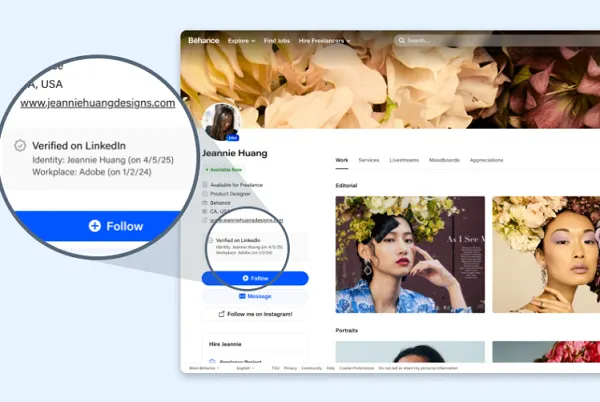



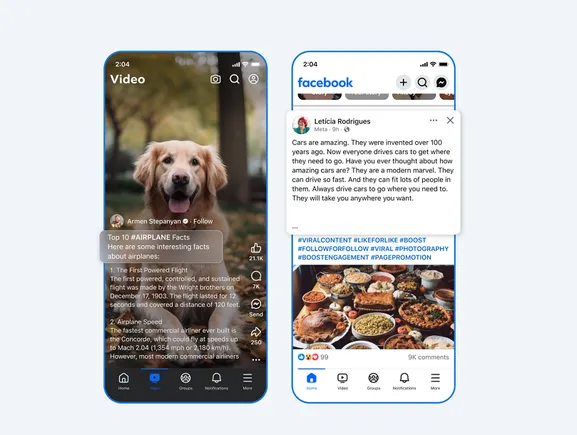


















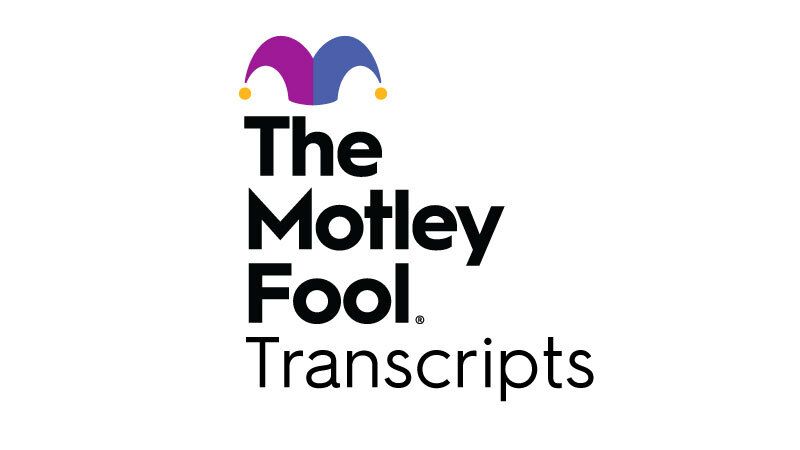




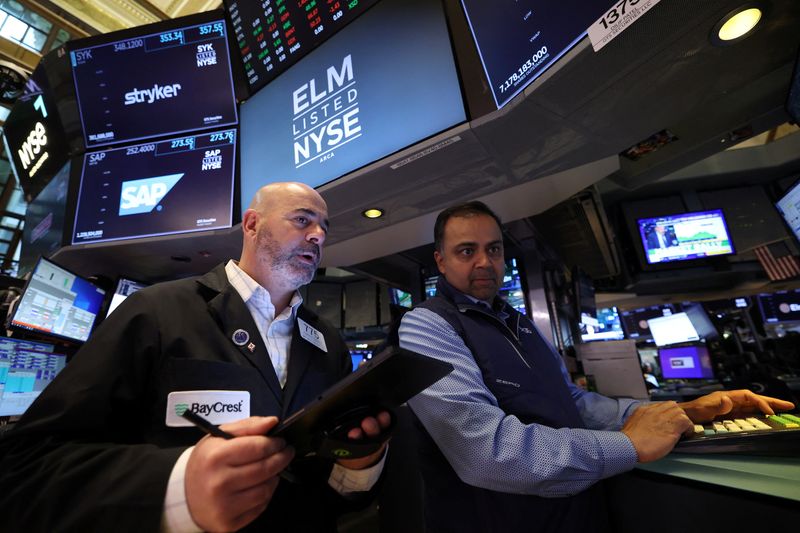

























































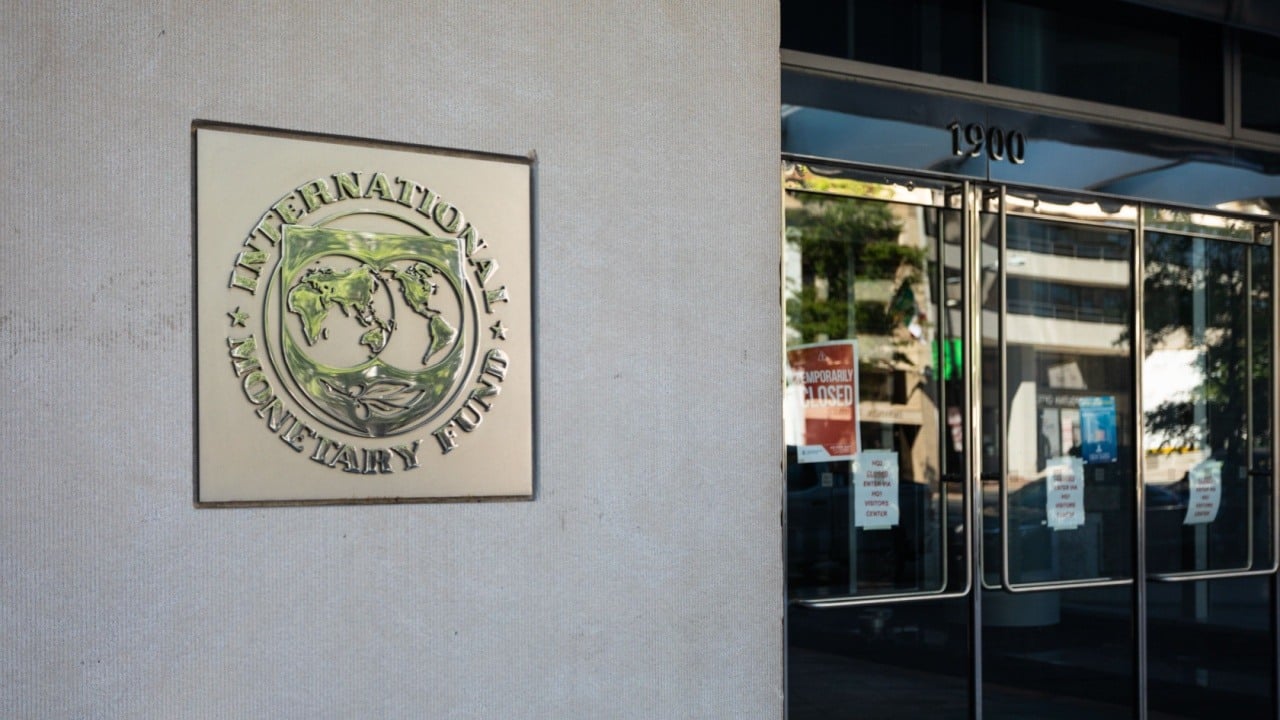






























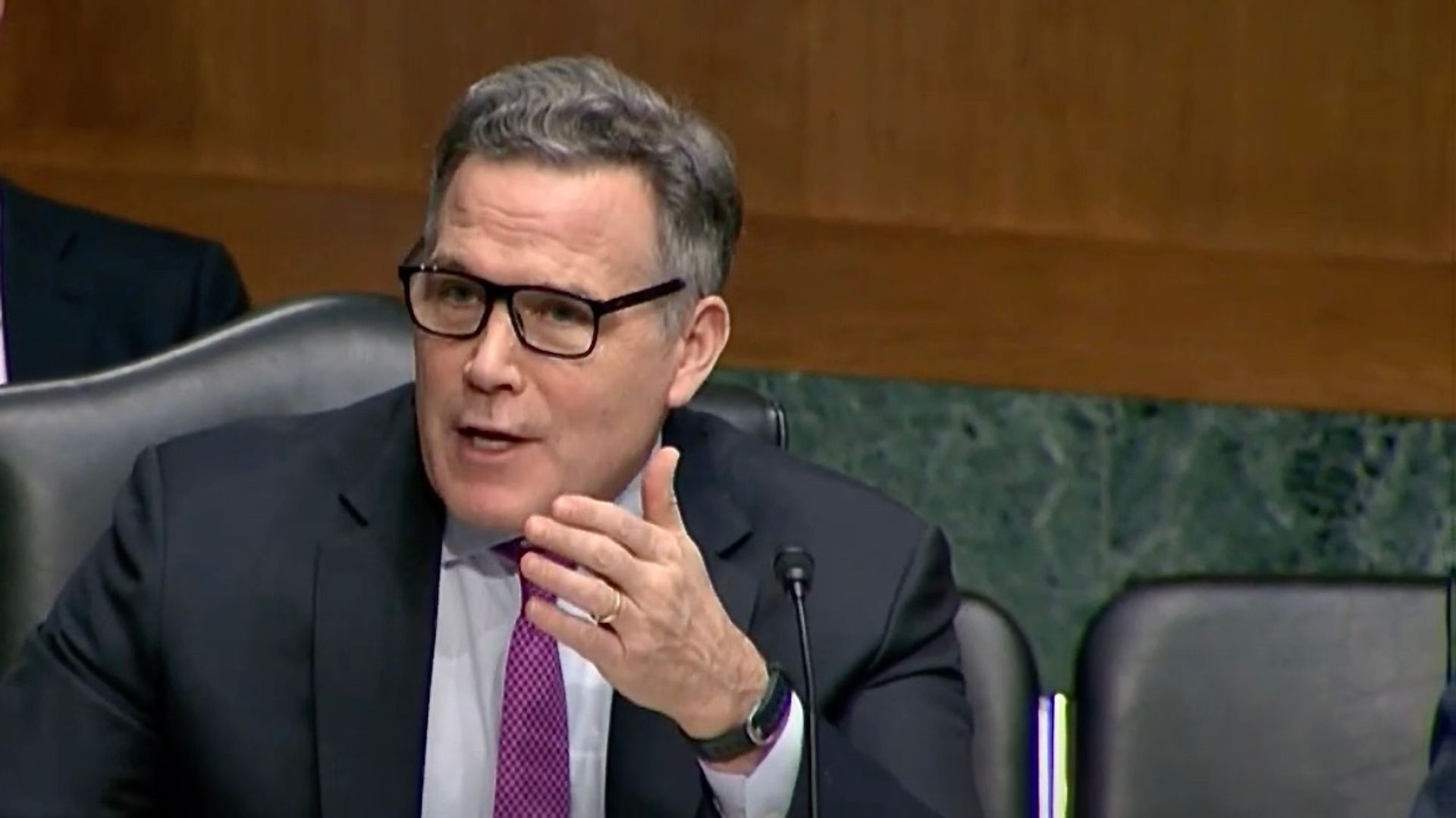













































































![How to Find Low-Competition Keywords with Semrush [Super Easy]](https://static.semrush.com/blog/uploads/media/73/62/7362f16fb9e460b6d58ccc09b4a048b6/how-to-find-low-competition-keywords-sm.png)
